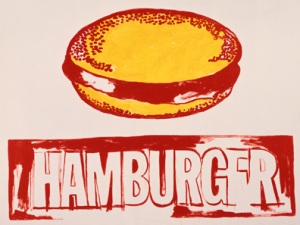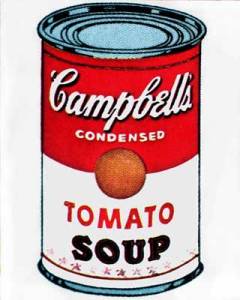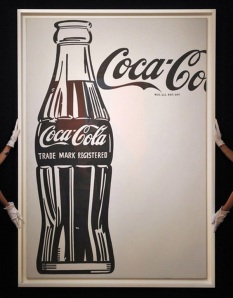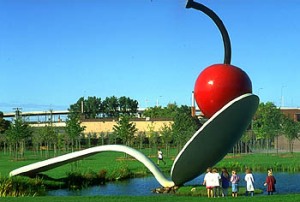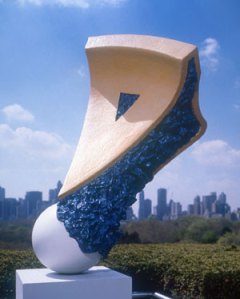Self Portrait, 1926
Frida Kahlo
Oil on canvas, 31×23 inches
Private Collection, Mexico City
This is Frida Kahlo’s first self portrait. It was painted as a gift for her student boyfriend, Alejandro Gomez Arias, who had left her. Frida began this self portrait in the summer of 1926 and sent it to Alejandro in late September. On the back of the painting she inscribed a dedication. In March of 1927, Alejandro’s parents send him on a tour of Europe with his uncle, mainly to seperate him from Frida, of whom they did not approve. Before leaving, he returned the painting to Frida for safe keeping.
The self portrait was one of four paintings that Frida took to show Diego Rivera, a muralist and ask his opinion of her work. After viewing the paintings, Rivera remarked that he was most interested in this self portrait, because it was the most original.
I thought this piece was interesting because of the story it shares. Frida made the self portrait for her boyfriend and it was the picture her future husband enjoyed the mos because of its originality. Frida married Diego Rivera:)
Sources: www.flickr.com
classes.uaf.edu



